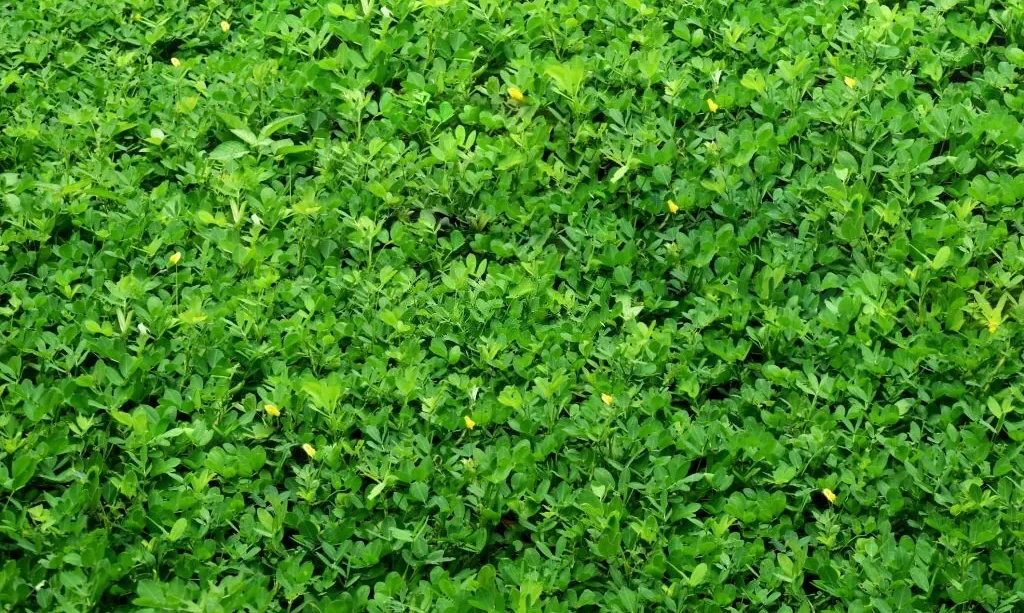Pinto bean plants, with their rich and tasty beans, are a popular choice for home gardeners. Before you start growing them, it’s essential to know what these plants look like. Understanding their appearance will help you care for them better and ensure a bountiful harvest. In this article, we’ll delve into the various aspects of pinto bean plants’ appearance, from their leaves and stems to their flowers, pods, and roots. Let’s begin by taking a closer look at their leaves and stems.
Leaves and Stem
Pinto bean plants are known for their distinctive leaves and sturdy stems. The leaves are typically green, shaped like a triangle, and have a slightly fuzzy texture. They alternate along the stem, giving the plant a neat and organized look. The stem itself is upright and can reach a height of around 18 to 24 inches (45 to 60 centimeters). It provides support for the plant as it grows and bears fruit. Understanding the appearance of the leaves and stem is the first step in recognizing a healthy pinto bean plant in your garden.
Flowers
Pinto bean plants produce delicate and attractive flowers as they mature. These flowers are a vital part of the plant’s life cycle, as they eventually give way to the formation of beans. Pinto bean flowers typically appear in clusters and can be various shades of pink, white, or purple, depending on the variety. They have a distinctive butterfly-like shape, with five petals that spread out like wings. These flowers are not only beautiful but also essential for pollination. Bees and other pollinators are attracted to them, helping to ensure the production of beans in your garden.
Pods
One of the most exciting aspects of growing pinto bean plants is watching the development of their pods. The pods start to form after the flowers are pollinated. They are elongated and somewhat curved, resembling a miniature green bean. The size of the pods can vary, but they are usually around 4 to 6 inches (10 to 15 centimeters) long. As the beans mature inside the pods, the pods themselves change color from green to a pale yellow or tan. This transformation is a clear sign that your pinto beans are ready for harvest. Understanding the appearance of the pods is crucial for knowing when to pick these delicious legumes from your garden.
Roots
Beneath the soil, pinto bean plants have a hidden but vital part of their anatomy – their roots. The root system of a pinto bean plant is relatively shallow but spreads wide. These roots are essential for anchoring the plant securely in the ground and for absorbing water and nutrients from the soil. Healthy roots are key to a thriving pinto bean plant. While you can’t see them easily, knowing about their importance helps you appreciate the entire plant’s growth process.
Overall Growth
Understanding the overall growth pattern of pinto bean plants is crucial for successful cultivation. These plants exhibit either a bush-type or a vine-type growth habit. Bush-type pinto beans grow as compact, bushy plants, typically not exceeding 2 feet (60 centimeters) in height. In contrast, vine-type pinto beans tend to climb and sprawl, often reaching up to 4 feet (120 centimeters) in height. Knowing the growth habit of your pinto bean variety helps you plan your garden layout and support structures accordingly.
Conclusion
In conclusion, recognizing the appearance of pinto bean plants is a fundamental aspect of successful gardening. From their distinctive leaves and stems to their beautiful flowers, elongated pods, and vital roots, every part of the pinto bean plant plays a role in its growth and bean production. By familiarizing yourself with these visual cues, you’ll be better equipped to care for your pinto bean plants, ensure a healthy crop, and enjoy the delicious beans they yield.




